Post by janetnj on Nov 2, 2012 10:34:37 GMT -5
Picpus cemetery has been on my list the last couple of trips - so glad I made it this time.
A bit of background (taken from the handout provided at the cemetery).
In a 6 week period in 1794, about 1300 people were executed at Place du Trone Renverse (now Place de la Nation). Nearly all were condemned on petty, absurd or imaginary grounds. The massacre stopped when Robespierre was condemned and guillotined by his sidekicks.
The corpses were thrown into 2 mass graves in the garden of a former convent.
Members of the families secretly bought the land, then the neighboring lots, then built a chapel to turn it into a place for meditation and prayer. It's the only private cemetery in Paris.
General Marquis de Lafayette and his wife are buried there - several members of her family were killed in the executions.
Now on to the visit.
We walked in and saw a sign for an entry fee of 2 euros, but the office was all locked up. A few seconds later a man pulled up on a tractor with a dog following close behind. He opened up the office, took our money and we were in.
First thing you see is a courtyard with the chapel.
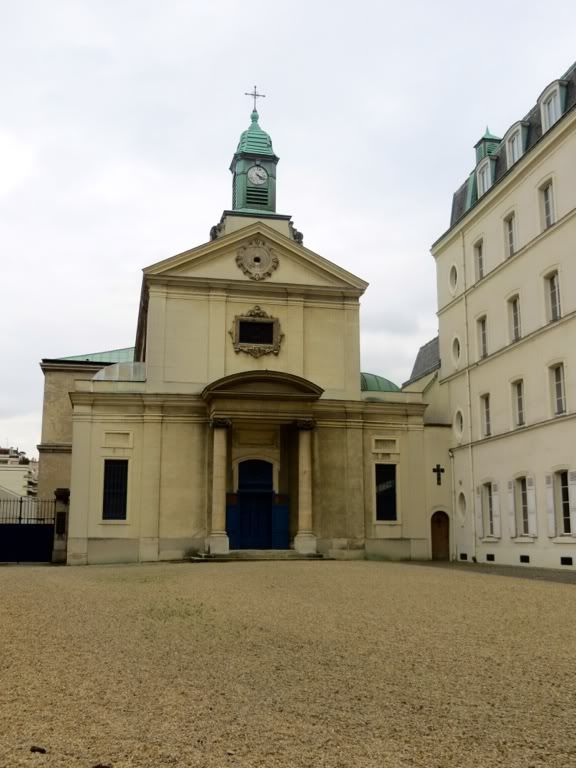
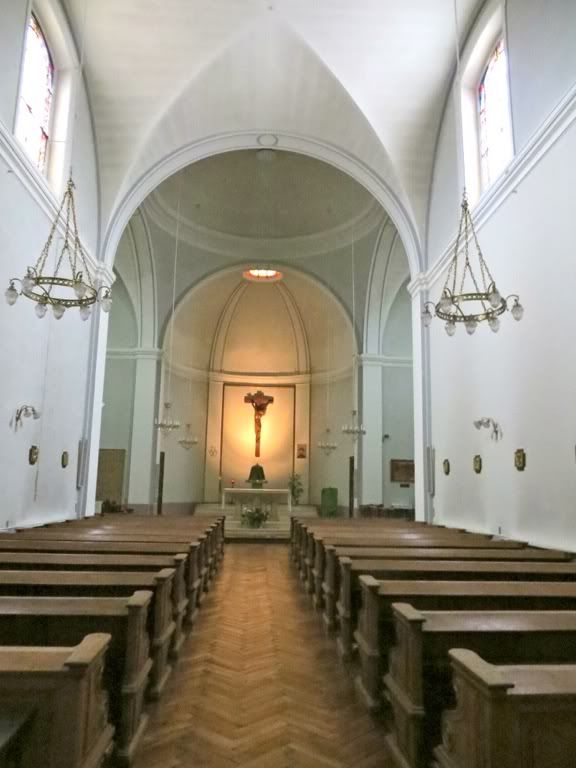

They actually use a smaller organ. You can see the organist practicing on the bottom right.

The names of the people executed are on 2 marble plaques on either side of the church.
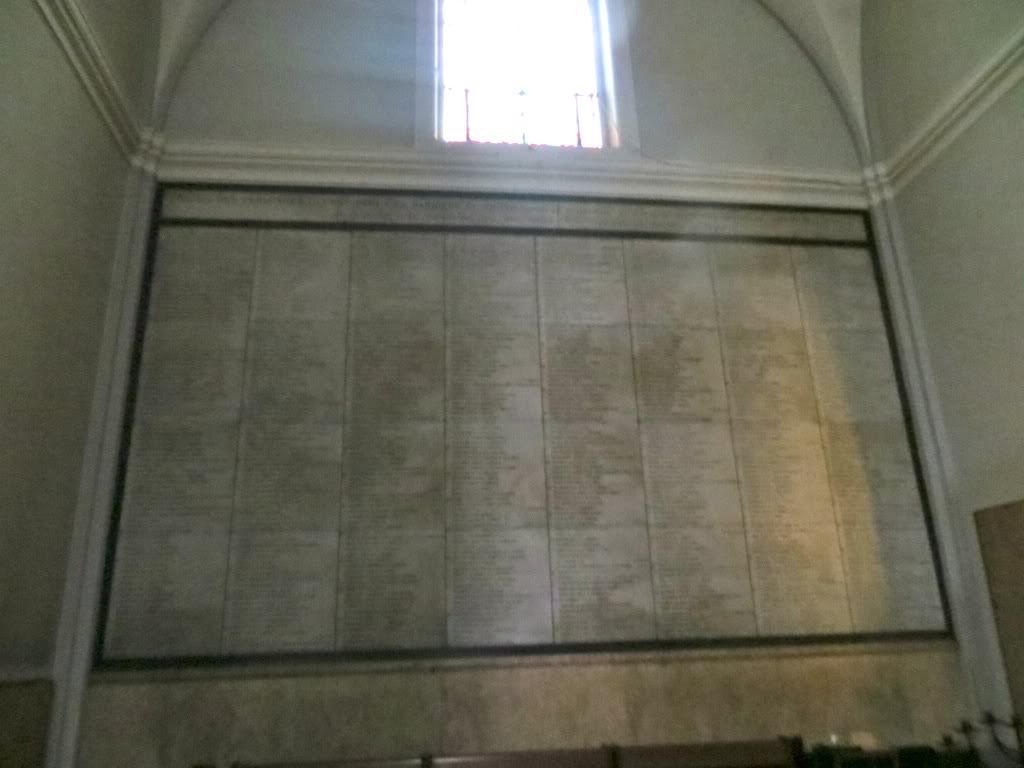

Then you pass through a gate. Includes a plaque commemorating General Lafayette.

Lots of open space

The orange objects are apiaries.


Then you come to the section with individual graves. The buildings in the background remind you that you're still in Paris. The cemetery itself is so quiet it's easy to forget.
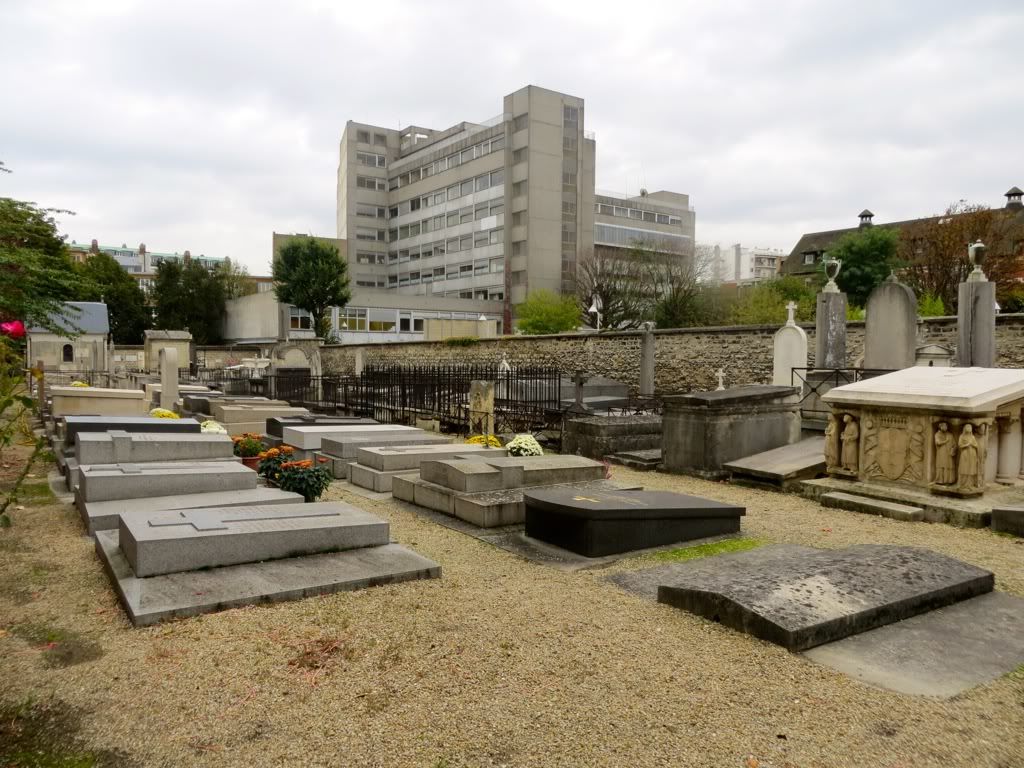
Lafayette's grave. Supposedly this is the only American flag in Paris that was flown throughout the occupation in WWII.
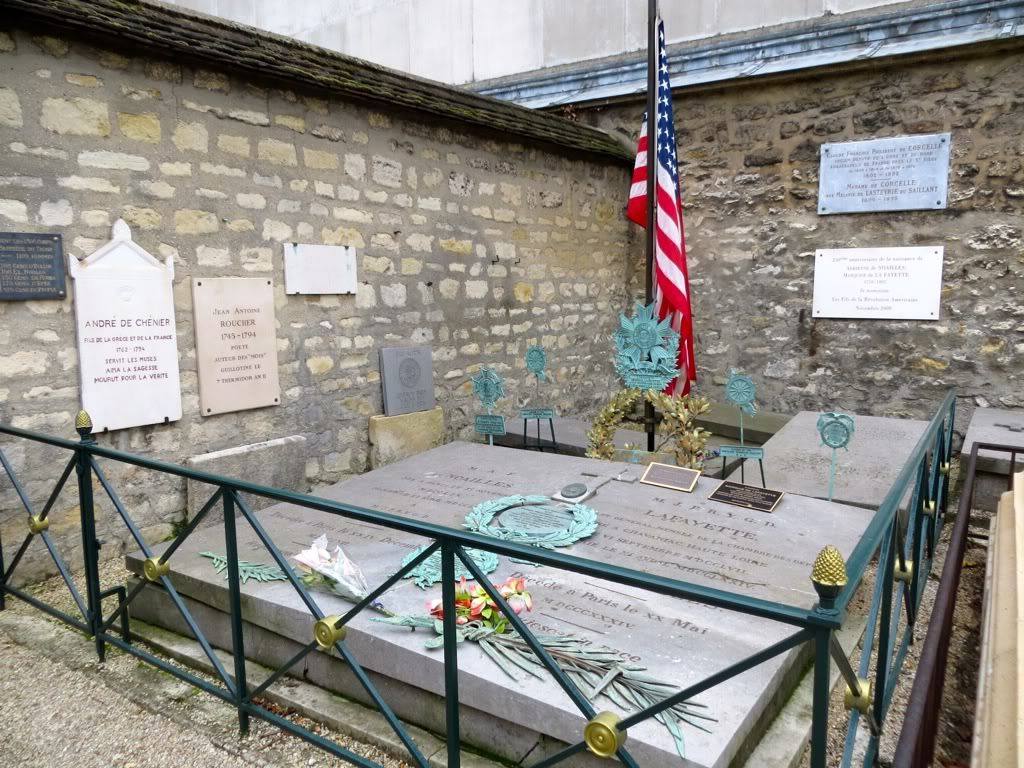
Then you pass through a gate into the section with the 2 mass graves.



It's very moving to contemplate what took place during the executions, and also the effort the families made to honor the deceased.
This is the gate through which they brought in the bodies.

And the original door to the chapel.

It appeared that the groundskeeper lives on site. I think this was his garden. Lots of tomatoes still on the vine.

One of several fig trees.

And as we walked out a reminder that modern Paris is just on the other side of the wall.

A bit of background (taken from the handout provided at the cemetery).
In a 6 week period in 1794, about 1300 people were executed at Place du Trone Renverse (now Place de la Nation). Nearly all were condemned on petty, absurd or imaginary grounds. The massacre stopped when Robespierre was condemned and guillotined by his sidekicks.
The corpses were thrown into 2 mass graves in the garden of a former convent.
Members of the families secretly bought the land, then the neighboring lots, then built a chapel to turn it into a place for meditation and prayer. It's the only private cemetery in Paris.
General Marquis de Lafayette and his wife are buried there - several members of her family were killed in the executions.
Now on to the visit.
We walked in and saw a sign for an entry fee of 2 euros, but the office was all locked up. A few seconds later a man pulled up on a tractor with a dog following close behind. He opened up the office, took our money and we were in.
First thing you see is a courtyard with the chapel.



They actually use a smaller organ. You can see the organist practicing on the bottom right.

The names of the people executed are on 2 marble plaques on either side of the church.


Then you pass through a gate. Includes a plaque commemorating General Lafayette.

Lots of open space

The orange objects are apiaries.


Then you come to the section with individual graves. The buildings in the background remind you that you're still in Paris. The cemetery itself is so quiet it's easy to forget.

Lafayette's grave. Supposedly this is the only American flag in Paris that was flown throughout the occupation in WWII.

Then you pass through a gate into the section with the 2 mass graves.



It's very moving to contemplate what took place during the executions, and also the effort the families made to honor the deceased.
This is the gate through which they brought in the bodies.

And the original door to the chapel.

It appeared that the groundskeeper lives on site. I think this was his garden. Lots of tomatoes still on the vine.

One of several fig trees.

And as we walked out a reminder that modern Paris is just on the other side of the wall.





 hahahha
hahahha